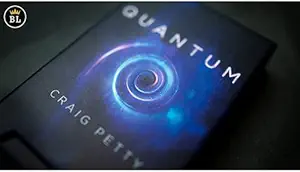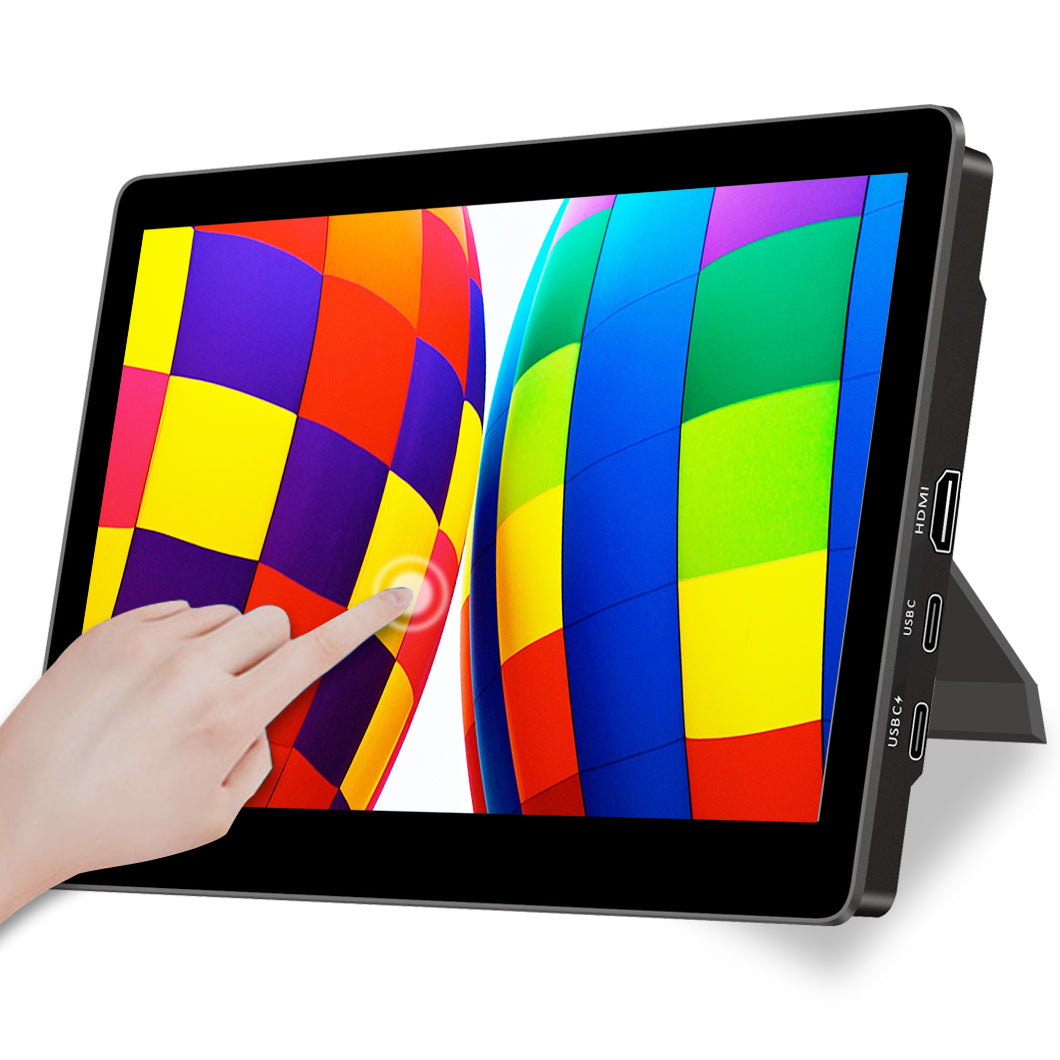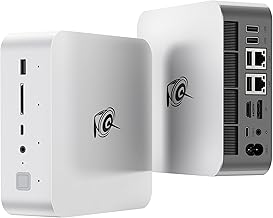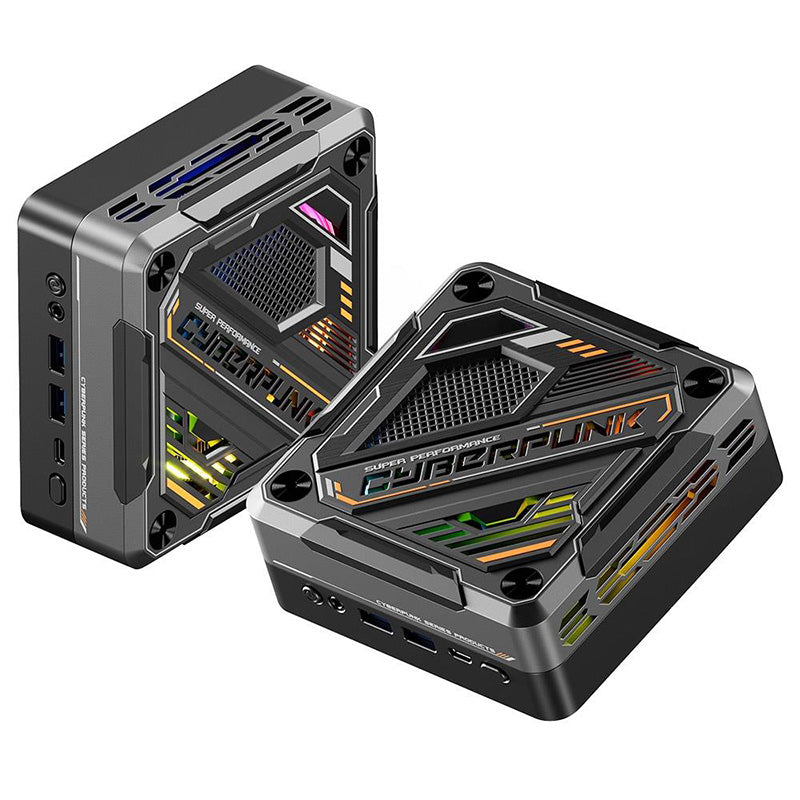Delve into Quantum Innovations with Rydberg Atom Technology
Quantum technology is evolving rapidly, ushering in a new era of innovation. Among the breakthroughs shaping this landscape are superconducting systems and Rydberg atom technology. These advancements are raising exciting possibilities in how we understand and manipulate quantum information. This post dives into recent findings regarding superconducting microwave chips that interface with Rydberg atoms, and what this means for the future of quantum computing.
Understanding Rydberg Atoms and Superconducting Systems
But first, let’s break down the essentials. So, what exactly are Rydberg atoms? These remarkable atoms exist in an excited state, exhibiting high atomic excitations with outer electrons that are far from the nucleus. This unique property allows them to interact in ways that are essential for quantum applications.
Now, shifting gears to superconducting systems, they are characterized by their ability to conduct electricity without resistance. Superconductors, when cooled below a critical temperature, allow current to flow easily, which is crucial for various quantum physics applications such as qubits in quantum computing. To harness these properties effectively, engineers are continually exploring new architectures.
Insights from Recent Research
A recent groundbreaking study titled A superconducting on-chip microwave cavity for tunable hybrid systems with optically trapped Rydberg atoms by Benedikt Wilde and his colleagues presents key advancements at the intersection of these technologies. The research focuses on designing a hybrid quantum system that integrates superconducting microwave circuits with ultra-cold Rydberg atoms for enhanced performance.
The objective of this study is clear—optimizing the design elements of superconducting chips to maximize their interaction with Rydberg-Rydberg transitions in ultra-cold atoms. A significant highlight from the research is the importance placed on microwave-cavity engineering strategies. These optimizations are pivotal because they allow tailored coupling rates, enabling the system to reach enhanced regimes.
Experimental Implementation and Observations
The experimental setup offers a fascinating glimpse into how these concepts materialize. Researchers manipulated temperature conditions and applied direct current voltage to test the superconducting microwave chip. The findings are promising, pushing towards ways of achieving strong-coupling regimes, a state where the systems interact robustly and can enable new possibilities in quantum technologies.
Impacting Quantum Physics and Computing
The significance of hybrid quantum systems cannot be overstated. They are set to bolster the field of quantum information science, making them invaluable for current and future applications. By leveraging Rydberg atom manipulation, we can expect groundbreaking developments not just in quantum computing but also in areas like quantum sensing. Imagine the world of possibilities opening up for quantum algorithms and data processing.
As we look forward, the potential impacts on various industries and research are profound. Rydberg atom technology holds a transformative power, likely reshaping our understanding of quantum interactions and technologies.
Final Thoughts on Quantum Innovations
The advancements in Rydberg atom technology and superconducting systems mark a thrilling frontier in quantum innovation. As these studies develop, it is essential to keep an eye on how they will reshape the future landscape of quantum computing.
For those eager to explore more, check out the original research paper for deeper insights. The journey into quantum technology has only just begun, and it will be exciting to see where it leads us. Stay curious and watch the quantum realm unfold!










